Create a Pollinator Paradise with These Perennial Wildflowers
This post follows our research editorial guidelines.



Ready to transform your garden into a vibrant tapestry of color and life? Perennial wildflowers are your key. These resilient beauties not only enhance your garden with striking colors and textures but also create a haven for pollinators like bees, butterflies, and birds. Join me as we delve into the art of growing these wonderful plants and learn how to make your garden a thriving, buzzing paradise.
Quickly Find Perennial Wildflowers
1. Black-Eyed Susan (Rudbeckia hirta)
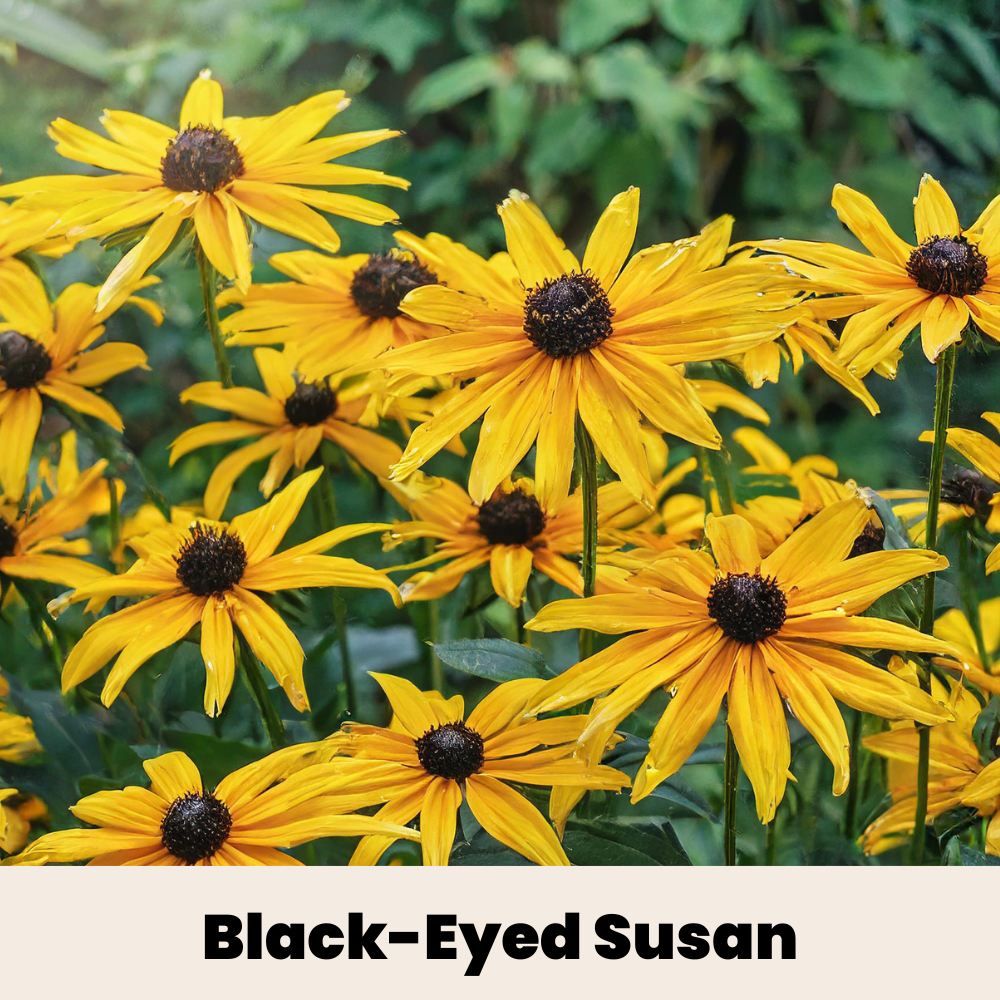
To grow Black-Eyed Susans, plant them in full sun with well-drained soil. Make sure to water them regularly until they’re well established. They attract bees and butterflies and bloom from summer to fall, adding bright yellow flowers to your garden. I remember the first time I planted these; my garden transformed almost overnight into a buzzing haven for pollinators!
2. Coneflowers (Echinacea)

Purple Coneflowers thrive in full sun to partial shade with well-drained soil. Once established, they are drought-tolerant. They’re a favorite of bees and butterflies, and their seed heads provide food for birds in winter. Plus, they’re known for their medicinal properties. I always keep some dried coneflower petals for making tea; it’s my go-to remedy during cold season.
3. Butterfly Weed (Asclepias tuberosa)

Butterfly Weed requires full sun and sandy or well-drained soil. It’s drought-tolerant and essential for monarch butterfly caterpillars. Its bright orange flowers attract a variety of pollinators. I once had a group of schoolchildren over to see the monarchs in action—they were thrilled to see the caterpillars munching away!
4. Columbine (Aquilegia canadensis)
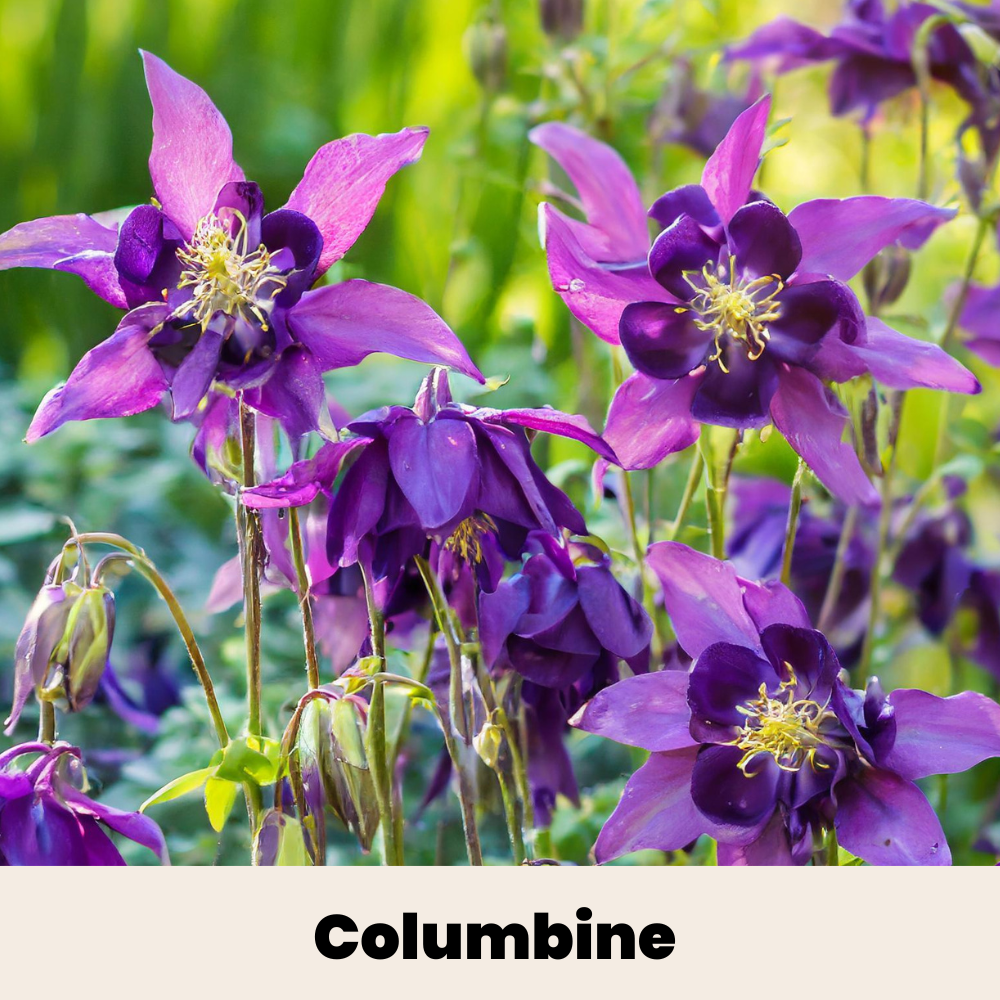
Columbine grows well in partial shade and moist, well-drained soil. It self-seeds readily, so you’ll have more plants popping up over time. They attract hummingbirds and bees and add delicate, unique blooms in red and yellow to the garden in spring. I’ll never forget the first time I saw a hummingbird hover over my Columbine flowers; it was magical!
5. Wild Lupine (Lupinus perennis)

Wild Lupine prefers full sun to partial shade and sandy, well-drained soil. It benefits from inoculation with rhizobium bacteria. These flowers support various pollinators, including bees and butterflies, and enhance soil fertility by fixing nitrogen. Watching my Lupines flourish each year reminds me of how interconnected our gardens are with nature.
6. Coreopsis (Coreopsis lanceolata)
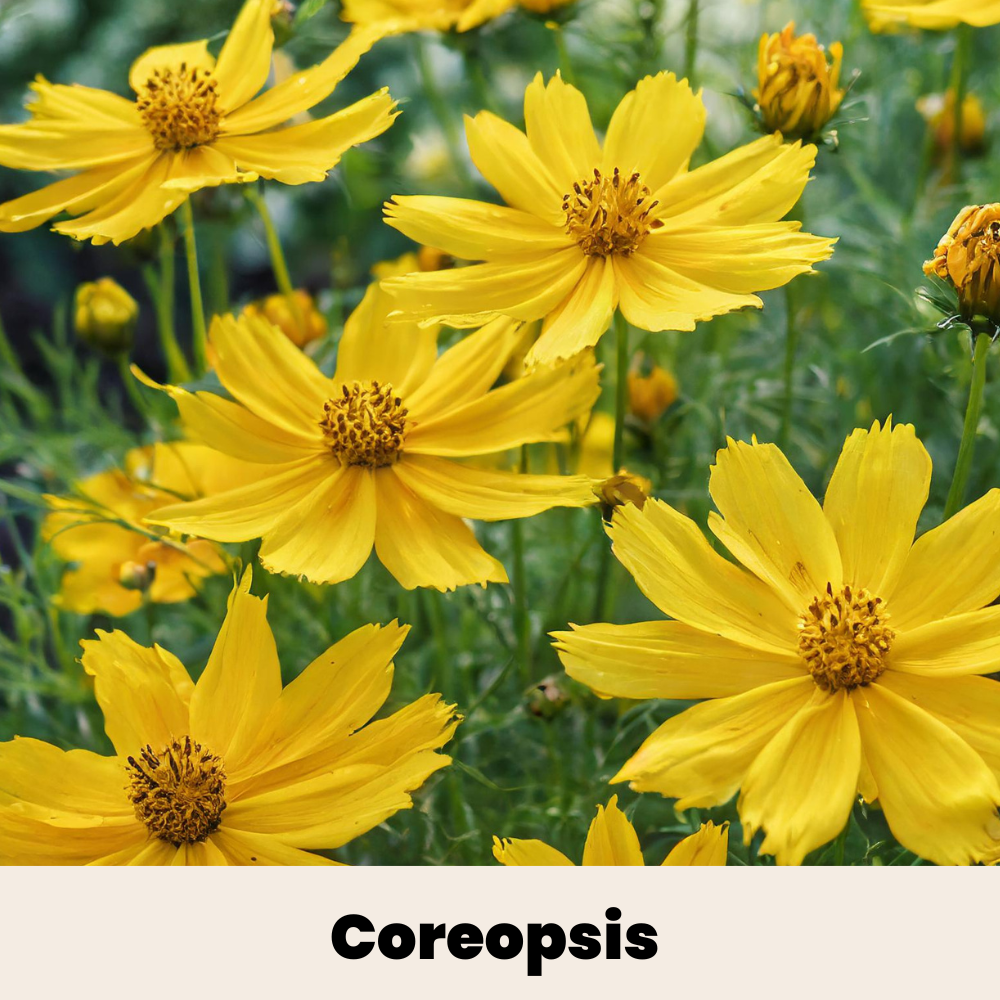
Coreopsis thrives in full sun and well-drained soil. They tolerate drought and poor soil conditions. They provide nectar for bees and butterflies and bloom profusely with bright yellow flowers, adding to your garden’s beauty. I love how easy these are to grow; they were the first flowers I planted when I moved to my new house, and they’ve been a staple ever since.
7. Prairie Smoke (Geum triflorum)

Prairie Smoke prefers full sun to partial shade and well-drained soil. It’s drought-tolerant and attracts bees and other pollinators. Its unique, pink, smoke-like seed heads add visual interest to any garden. I once had a neighbor comment on how whimsical my garden looked thanks to Prairie Smoke—it’s definitely a conversation starter!
8. False Indigo (Baptisia australis)
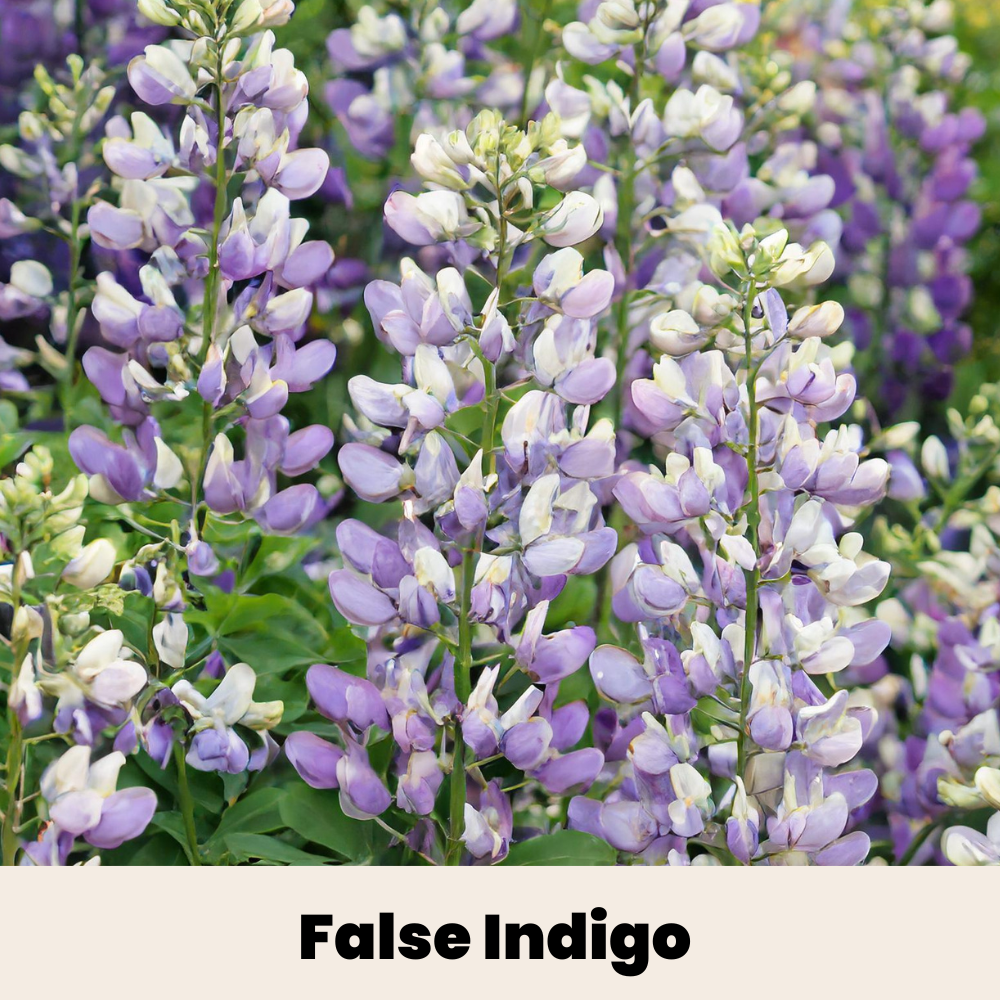
False Indigo needs full sun and well-drained soil. Although slow to establish, it’s very long-lived. It fixes nitrogen in the soil, improving fertility, and attracts bees with its striking blue flowers in late spring. I always enjoy the deep blue hues these flowers bring—such a stunning contrast against all the greens!
9. Jacob’s Ladder (Polemonium reptans)
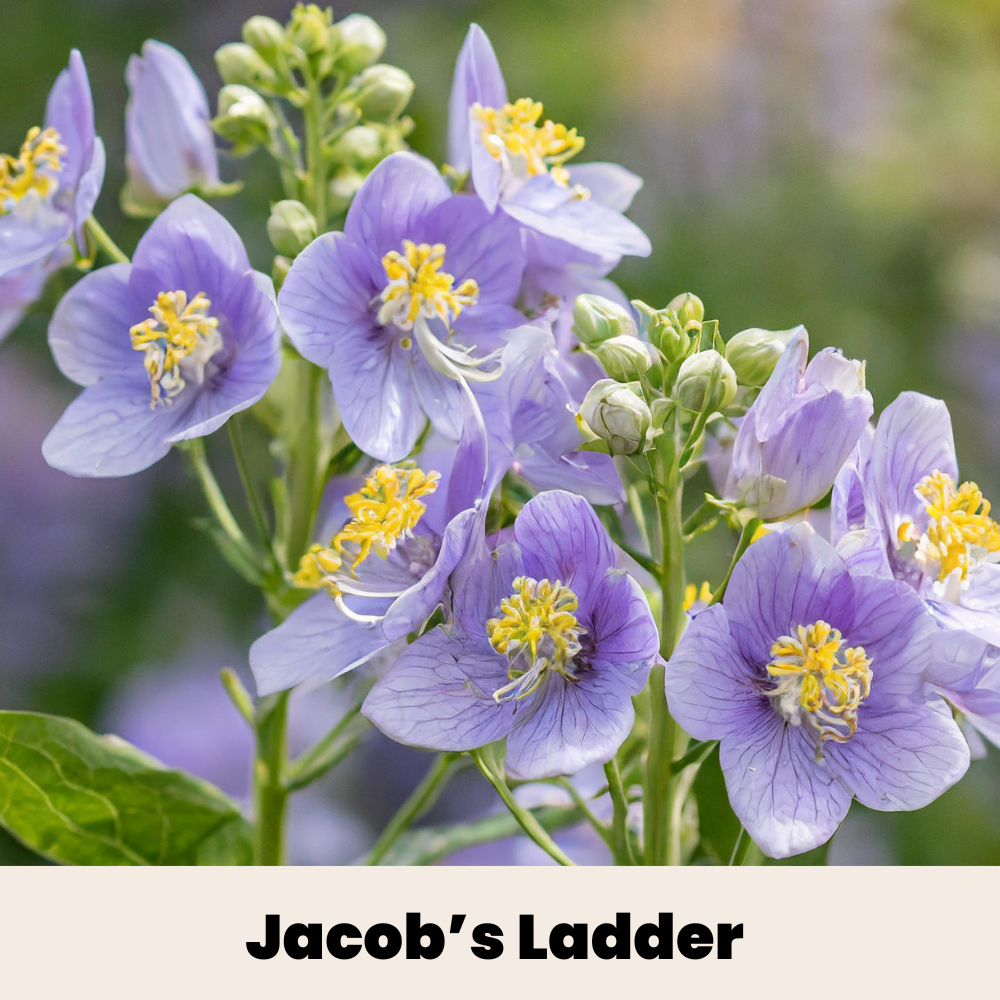
Jacob’s Ladder grows best in partial shade and moist, well-drained soil. It requires regular watering. It blooms early in spring, attracting bees, and features delicate blue, bell-shaped flowers and fern-like foliage. My shady corner garden wouldn’t be the same without Jacob’s Ladder; it brightens up those dim spots beautifully.
10. Virginia Bluebells (Mertensia virginica)
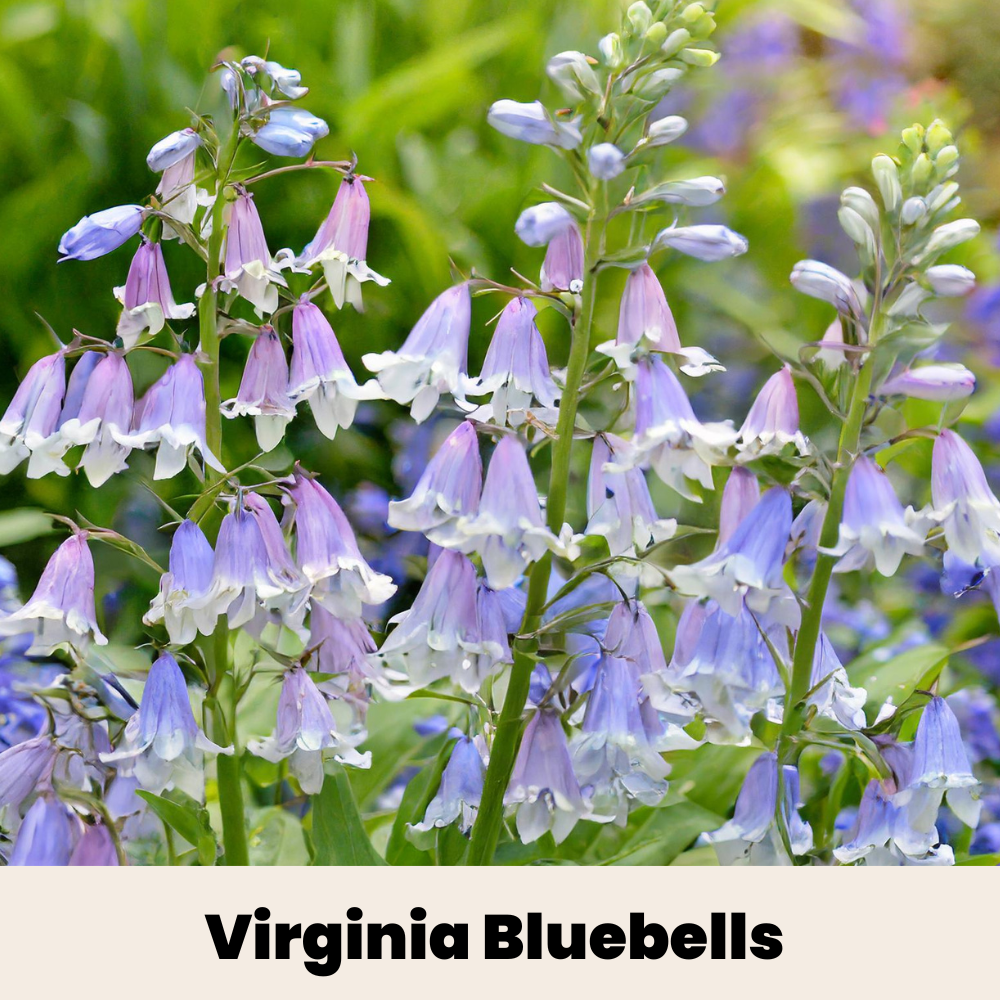
Virginia Bluebells prefer partial to full shade and moist, rich soil. They go dormant in summer but attract early-season pollinators like bees with their beautiful blue flowers. I have a small woodland area where these bluebells create a breathtaking spring display every year—like a blue carpet!
11. Blazing Star (Liatris spicata)
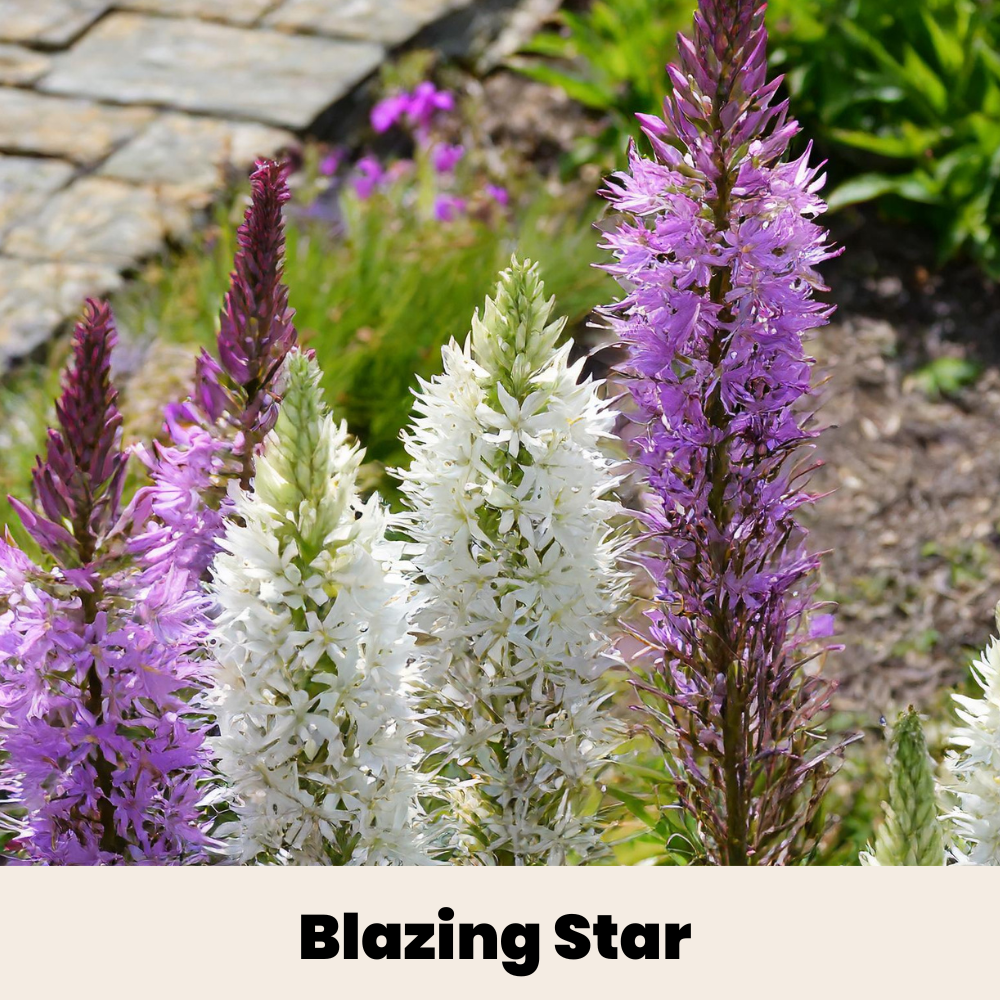
Blazing Star thrives in full sun and well-drained soil. It tolerates drought and poor soil conditions. It attracts butterflies, bees, and other pollinators, and its tall, purple flower spikes add vertical interest to gardens. One year, I planted a row of Blazing Stars along my fence line, and it turned into a butterfly parade—such a delight to watch!
Wildflower Growing Guide Chart
| Wildflower | Hardiness Zones | Sun Exposure | Spread Rate per Year | Water Needs |
|---|---|---|---|---|
| Black-Eyed Susan | 3-9 | Full Sun | Moderate | Medium |
| Purple Coneflower | 3-8 | Full Sun to Partial Shade | Moderate | Low (once established) |
| Butterfly Weed | 4-9 | Full Sun | Slow | Low |
| Columbine | 3-8 | Partial Shade | Moderate | Medium |
| Wild Lupine | 3-8 | Full Sun to Partial Shade | Moderate | Low |
| Coreopsis | 4-9 | Full Sun | Moderate | Low |
| Prairie Smoke | 3-7 | Full Sun to Partial Shade | Slow | Low |
| False Indigo | 3-9 | Full Sun | Slow | Low |
| Jacob’s Ladder | 3-7 | Partial Shade | Moderate | Medium |
| Virginia Bluebells | 3-8 | Partial to Full Shade | Slow | Medium to High |
| Blazing Star | 3-9 | Full Sun | Slow | Low |
I hope these tips inspire you to add some of these beautiful perennial wildflowers to your garden. They not only enhance the aesthetics of your space but also play a crucial role in supporting our ecosystem.
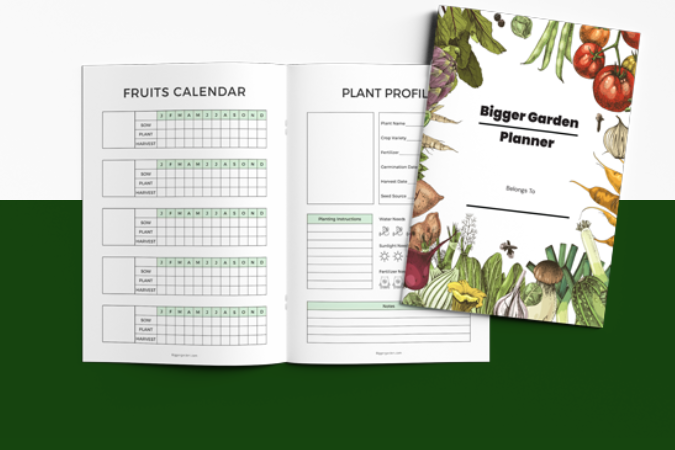

Before you go!
Enhancing the Charm of Cottage Gardens with these 9 Ideas
12 Different Flowers That Look Like Daisies
Seasonal Stars: Best Cut Flowers to Grow As The Seasons Change
Crafting a Cohesive Garden: Integrating Bleeding Hearts with Companion Plants